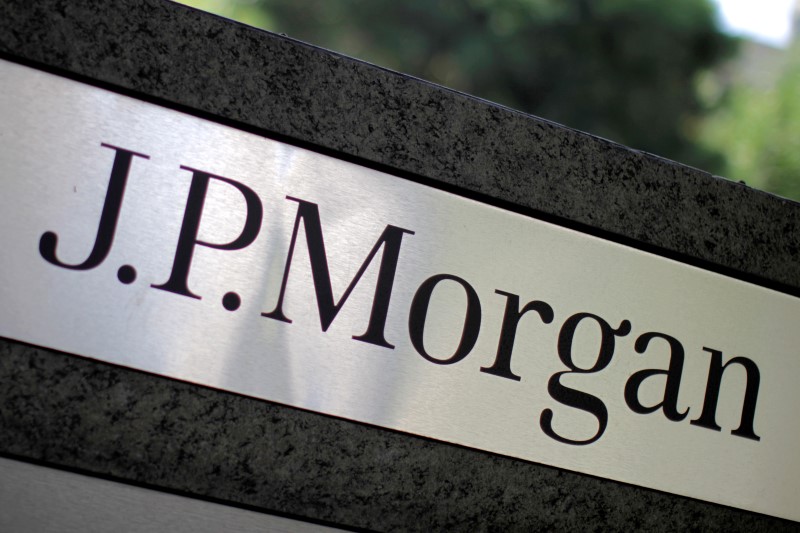The US 30-year yield surged to its highest level since 2007 on Tuesday, extending a bond selloff driven by expectations that the Federal Reserve will maintain elevated interest rates amid an increasing supply of Treasury debt. The yield on the 30-year Treasury rose as much as 8 basis points to 4.869%, surpassing its previous high of 4.8559% in 2010. Shorter-term yields also reached new highs, continuing their climb.
This trend is supported by expectations that the Federal Reserve may raise rates again, a prospect endorsed by Loretta Mester, president of the central bank’s Cleveland branch. The removal of the threat of an imminent federal government shutdown also contributed to this development. Despite these factors, the magnitude of the selloff continues to puzzle experts.
JPMorgan Chase & Co. (NYSE:JPM) strategist Jay Barry noted in a late Monday note that this trend is broadly indicative of investors scrapping bullish bets on bonds. “We have been concerned that the position and hedging technicals could be an ongoing negative for Treasuries,” Barry wrote.
The rise in nominal yields coincided with an increase in inflation-adjusted yields. The 10-year real yield approached 2.4% on Tuesday, marking an increase from below 2% over the past month. Meanwhile, the 30-year real yield climbed to 2.46%, up by 7.6 basis points.
John Brady, managing director at RJ O’Brien, commented on the situation: "Real yields on the long end just have further to go — the pace of inflation falling is not satisfactory enough for the market, and the Fed’s framework for getting inflation lower is to slow the economy, and that’s not exactly happening to the market’s satisfaction."
Traders are now focused on JOLTS job openings data for August, due at 10 a.m. New York Times, for the latest read on hiring trends. The measure has been a point of focus for Fed officials this year. A print in line with economists’ median estimate of 8.815 million job openings would mark a continued decline from last year’s peak, but Brady noted that it would still surpass the previous cycle high in 2018.
This article was generated with the support of AI and reviewed by an editor. For more information see our T&C.
